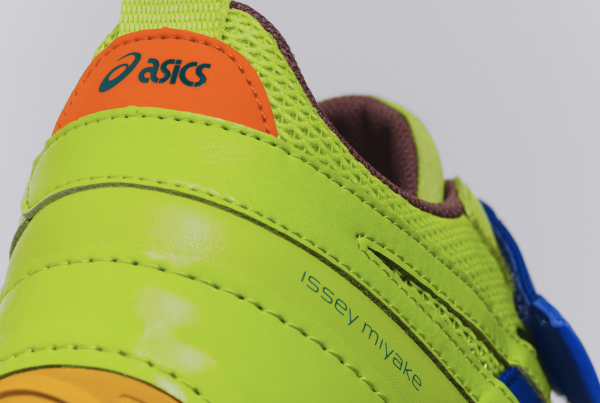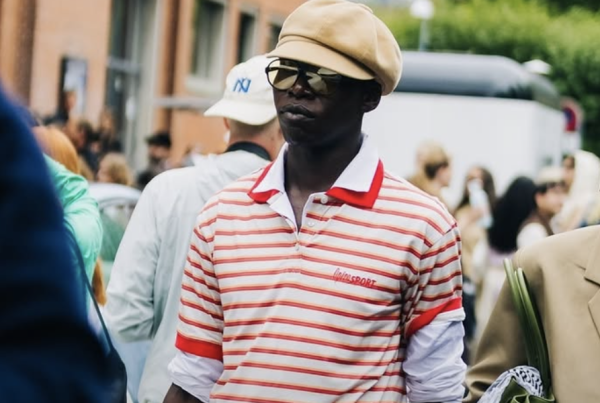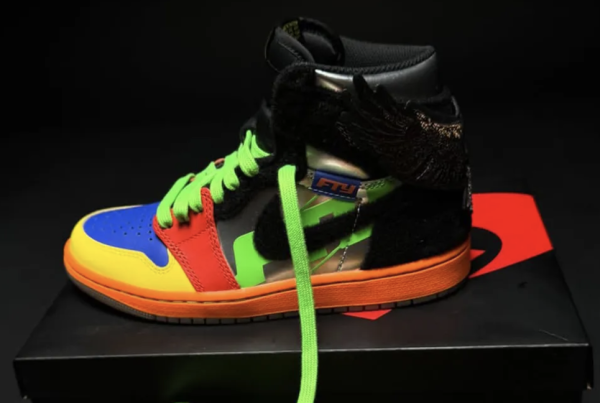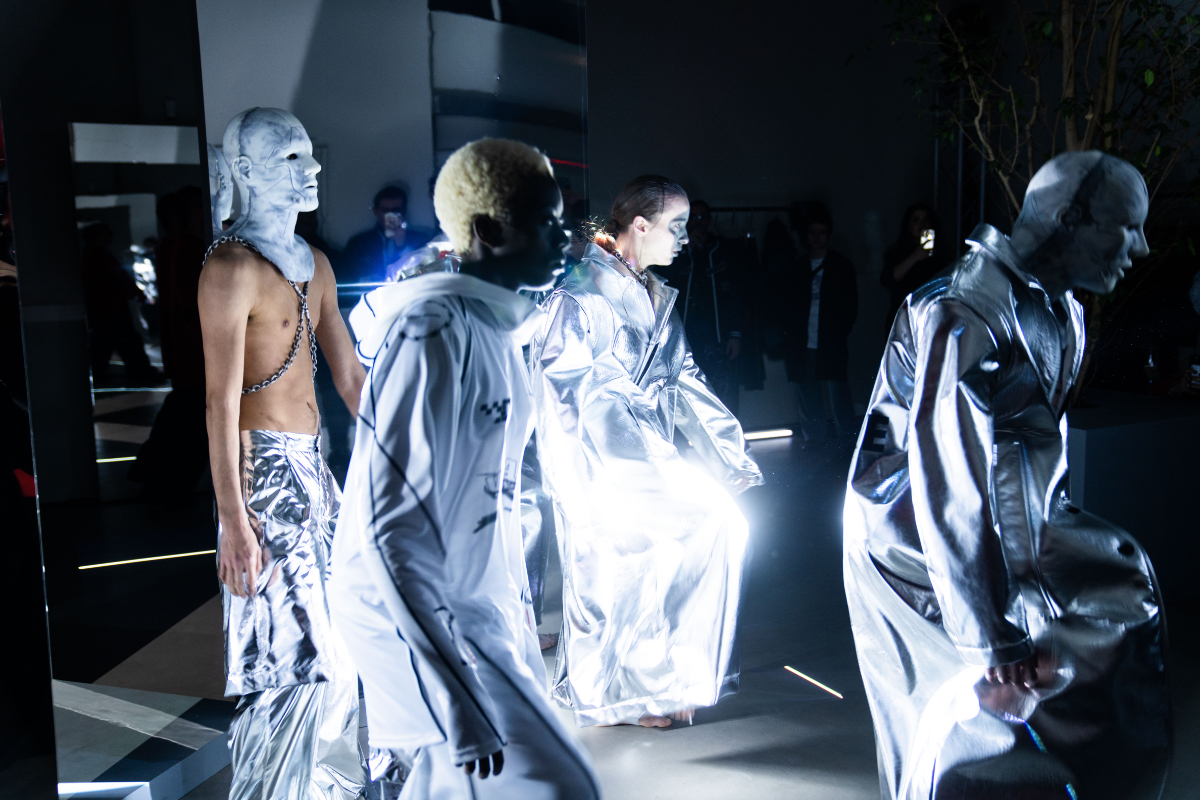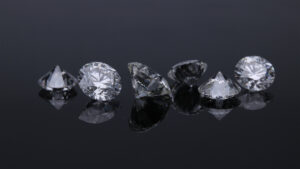
No outfit is complete without jewelry, but it’s not easy to choose the perfect accessory that effortlessly goes with your ensemble. That’s where diamonds come in. Their translucent look and neutral coloring are truly timeless, but can the same be said about lab-grown diamonds?
Diamonds are known for lasting forever, and whether your diamond is from a mine or a lab, that sentiment rings true. Since lab-grown diamonds have the same level of stability, toughness, and hardness as mined diamonds, you can be sure they’ll last just as long as the mined-variety.
With that said, lab-grown and mined diamonds are just as prone to breakage if they’re hit hard enough. A person who’s careless with their diamonds could lose a gem that falls off its post.
But why are lab-made diamonds able to last so long? Is there a benefit to purchasing one over a mined diamond? In this article, we’ll answer these important questions and much more.
What is a Lab-Grown Diamond?
Lab-grown diamonds are diamonds made inside a lab, making them much easier to source.
While initially developed for medical and industrial purposes, lab-created diamonds became commercially available in the 1980s. They’ve exploded in popularity as of late as they’re seen as a greener choice compared to mined diamonds, which have a reputation for being unethical.
Lab-grown diamonds are often made with few imperfections because they can be removed in the design process. Lab-made diamonds are also more cost-effective than mined diamonds.
Do Lab-Grown Diamonds Look Similar to Mined Diamonds?
Yes, a well-crafted lab-grown diamond looks similar or the same as mined diamonds.
For example, lab-grown diamonds from VRAI are entirely man-made using a delicate process that ensures maximum transparency. With the naked eye, you won’t be able to tell a lab-created diamond from a mined one, which makes sense as they’re both made from carbon.
VRAI grows diamonds in their zero-emission foundry, which makes them perfect family heirlooms for the environmentally conscious.
How Are Lab-Grown Diamonds Made?
There are two methods for creating lab diamonds: HPHT (high pressure, high temperature) and CVD (chemical vapor deposition). Both can create high quality diamonds from pure carbon.
High Pressure High Temperature (HPHT)
During HPHT, pure carbon is pressed within a metal cube and exposed to high heat and pressure via electric pulses. This process continues until the carbon crystallizes into a diamond. While traces of metal can be found after the process, they’re so small you can’t see them.
Chemical Vapor Deposition (CVD)
During CVD, a very small piece of diamond is placed in a chamber that’s exposed to carbon-rich gas at high temperatures. In a few weeks, this compound sticks to the mined diamond and crystallizes to become a larger diamond. CVD diamonds grow much faster than HPHT gems.
HPHT vs. CVD: Which is Better?
Many jewelers agree that HPHT diamonds look better than CVD. Since CVD diamonds grow quickly, a lot can go wrong in the process. There’s also a higher chance of it developing brown undertones. HPHT diamonds made of pure carbon simply look clearer and cleaner.
Are Lab-Grown Diamonds as Strong as Mined Diamonds?
The short answer is yes, lab-grown diamonds are just as strong as mined diamonds, whether they’re made using CVD and HPHT. But why is that, and why do people think the opposite?
Why People Assume Lab-Grown Diamonds are Weaker
Many people confuse man-made diamonds with cubic zirconia, but they aren’t the same. Cubic zirconia is the crystalline form of zirconium dioxide, not carbon. Cubic zirconia is a diamond simulant that’s much easier and less expensive to make, which gives it its bad reputation.
Cubic zirconias are 8.5 on the Mohs Scale of Hardness, which is similar to topaz (8) and garnet (8.5). While that’s still incredibly strong, it’s not as tough as diamonds with a Moh scale of 10.
Lab-grown diamonds are also confused for costume jewelry or crystals, which can be made of high quality but are mostly made up of plastic. Swarovski crystals, while beautiful, are nothing more than lead glass. Many plastic crystals break easily and/or yellow within a short period.
Why Diamonds Will Last Several Lifetimes
Theoretically, a diamond will last forever, whether it’s lab-grown or otherwise. At some point, diamonds will turn into graphite, but that future is so far away that several generations of our children will never see that happen. They could also eventually burn into carbon dioxide.
Why does this happen? Carbon in diamonds links to other structures that have their own unique properties. These are called allotropes, and thanks to carbons valency, it has multiple allotropes.
One of these includes graphite. You can turn a diamond into graphite now by compressing it with an indenter, but you need to heat it at 3452°F for that chemical reaction to happen.
Why Lab-Grown Diamonds Will Last as Long as Diamonds
It’s easy to forget that the vast majority of organic and inorganic matter is produced from a chemical reaction. Mined diamonds are made after billions of years of immense pressure being placed on carbon atoms. A laboratory can simulate this process in a matter of weeks.
A lab-grown diamond is structurally the exact same thing as a mined diamond. They’re both made out of carbon, they both rank 10 on the Mohs Scale of Hardness, and they share the same physical characteristics. A mined diamond will burn if it’s heated at 1274°F to 1544°F, and so will a lab-grown diamond. To cut either diamond, you need to heat an instrument that is hot.
On the inside and out, a lab-grown diamond and mined diamond are indistinguishable, but we wouldn’t recommend testing the limits of your diamonds. A diamond can still break if you’re careless, but it’s high Moh number makes it more resistant to scratches than other gems.
In Conclusion…
Lab-grown and mined diamonds will turn into graphite at the same rate (and at the same time) as each other, provided they’re exposed to a high amount of heat. If you’re worried about your lab-created diamond breaking on you, rest easy. They’re as strong as mined diamonds and look identical as an accessory to any outfit, whether you’re going for a masculine or feminine feel.


